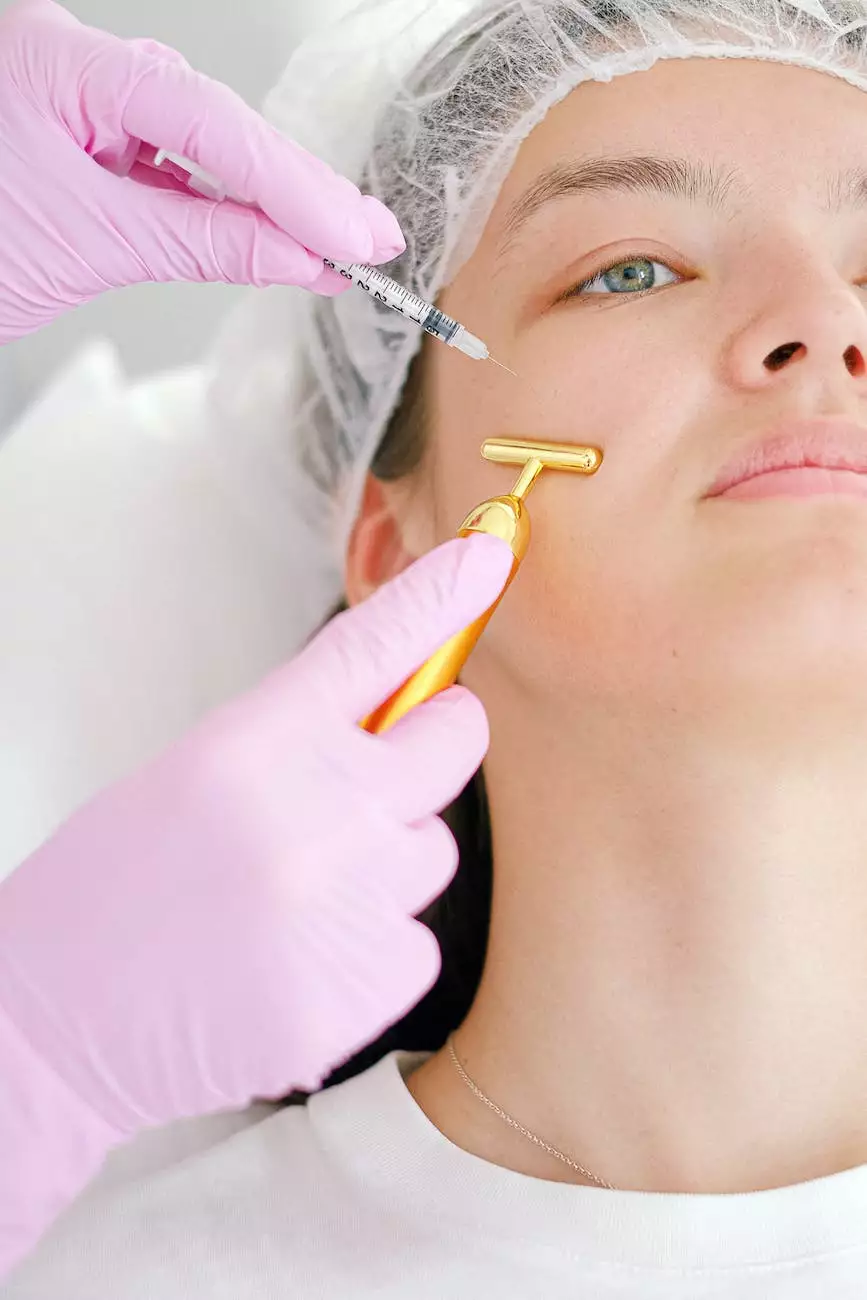Preventing Muscle Loss—Researchers Find Testosterone
Health
Introduction
Welcome to CHI St. Luke’s Health - Performance Medicine, your trusted source of expert insights and solutions in the field of health. In this article, we will delve into the topic of preventing muscle loss and discuss how researchers have found testosterone to play a vital role in maintaining muscle mass.
The Impact of Muscle Loss
Muscle loss, also known as muscle atrophy, can occur due to various factors such as aging, sedentary lifestyle, chronic illnesses, and hormonal imbalances. It has a significant impact on overall health and can lead to weakness, increased risk of falls, decreased mobility, and reduced quality of life.
Understanding Testosterone
Testosterone is a hormone primarily produced in the testicles in males and in smaller amounts in the ovaries and adrenal glands in females. It is responsible for the development and maintenance of male sex characteristics, including muscle mass, bone density, and red blood cell production.
Role of Testosterone in Muscle Maintenance
Researchers have found a strong correlation between testosterone levels and muscle mass. Testosterone acts as a key regulator in muscle protein synthesis, which is essential for building and repairing muscle tissue. Adequate testosterone levels promote an anabolic state, leading to increased muscle growth and reduced muscle breakdown.
Preventing Muscle Loss
1. Regular Resistance Training
Incorporating regular resistance training into your fitness routine is crucial for preventing muscle loss. Exercises such as weightlifting, bodyweight exercises, and resistance band workouts stimulate muscle fibers and promote muscle protein synthesis. Aim for at least two to three strength training sessions per week.
2. Focus on Progressive Overload
Progressive overload is the gradual increase in the intensity, volume, or frequency of your workouts. By challenging your muscles with progressive overload, you create an adaptation response that helps maintain and build muscle mass. Ensure you gradually increase the weights, repetitions, or difficulty level of your exercises over time.
3. Optimize Nutrition
A well-balanced diet plays a crucial role in preventing muscle loss. Ensure you consume sufficient protein, as it provides the building blocks for muscle repair and growth. Include lean sources of protein such as chicken, fish, tofu, legumes, and dairy products in your meals. Additionally, prioritize consuming an adequate amount of calories to meet your energy needs.
4. Get Sufficient Rest and Recovery
Rest and recovery are essential for muscle growth and preventing muscle loss. Allow your muscles enough time to recuperate between workout sessions. Aim for seven to nine hours of quality sleep each night to promote optimal recovery.
5. Address Hormonal Imbalances
If you suspect hormonal imbalances, particularly low testosterone levels, consult with a healthcare professional at CHI St. Luke’s Health - Performance Medicine. Our experts can assess your hormone levels and provide personalized solutions to help optimize testosterone production and prevent muscle loss.
Conclusion
Preventing muscle loss is crucial for maintaining overall health and promoting an active, independent lifestyle. By incorporating regular resistance training, focusing on progressive overload, optimizing nutrition, prioritizing rest and recovery, and addressing hormonal imbalances, you can enhance muscle mass and improve your overall well-being. Reach out to our experts at CHI St. Luke’s Health - Performance Medicine to receive comprehensive guidance and support in your journey towards preventing muscle loss and optimizing performance.




